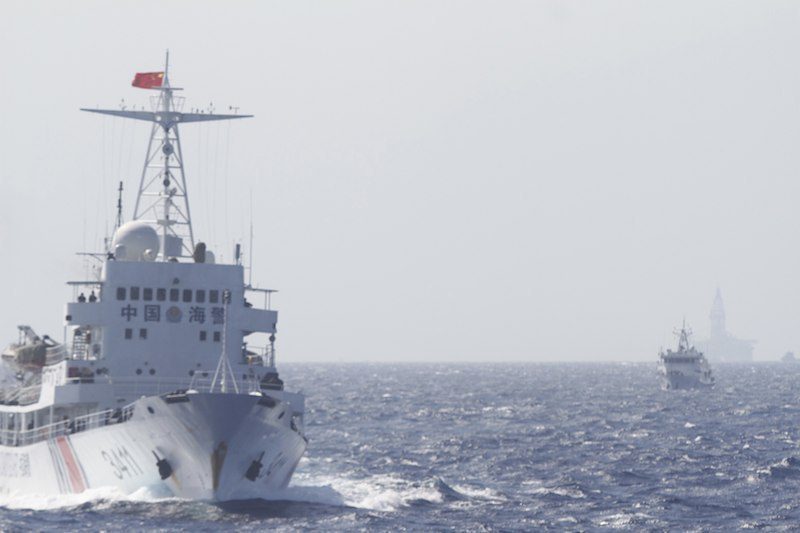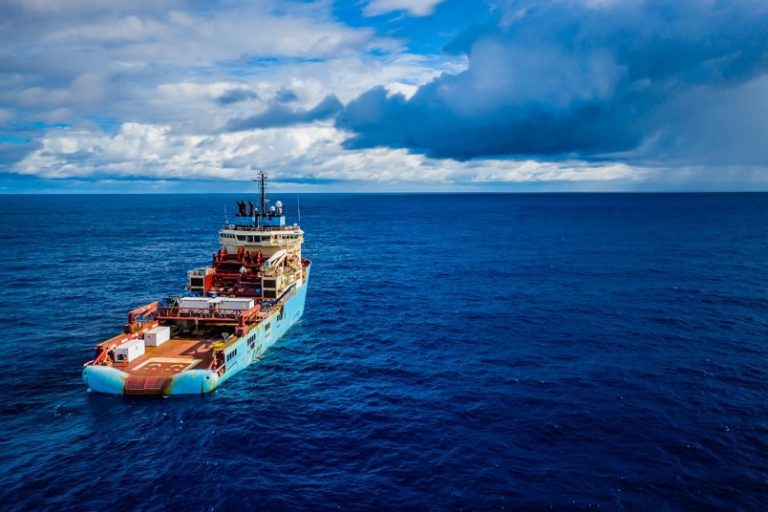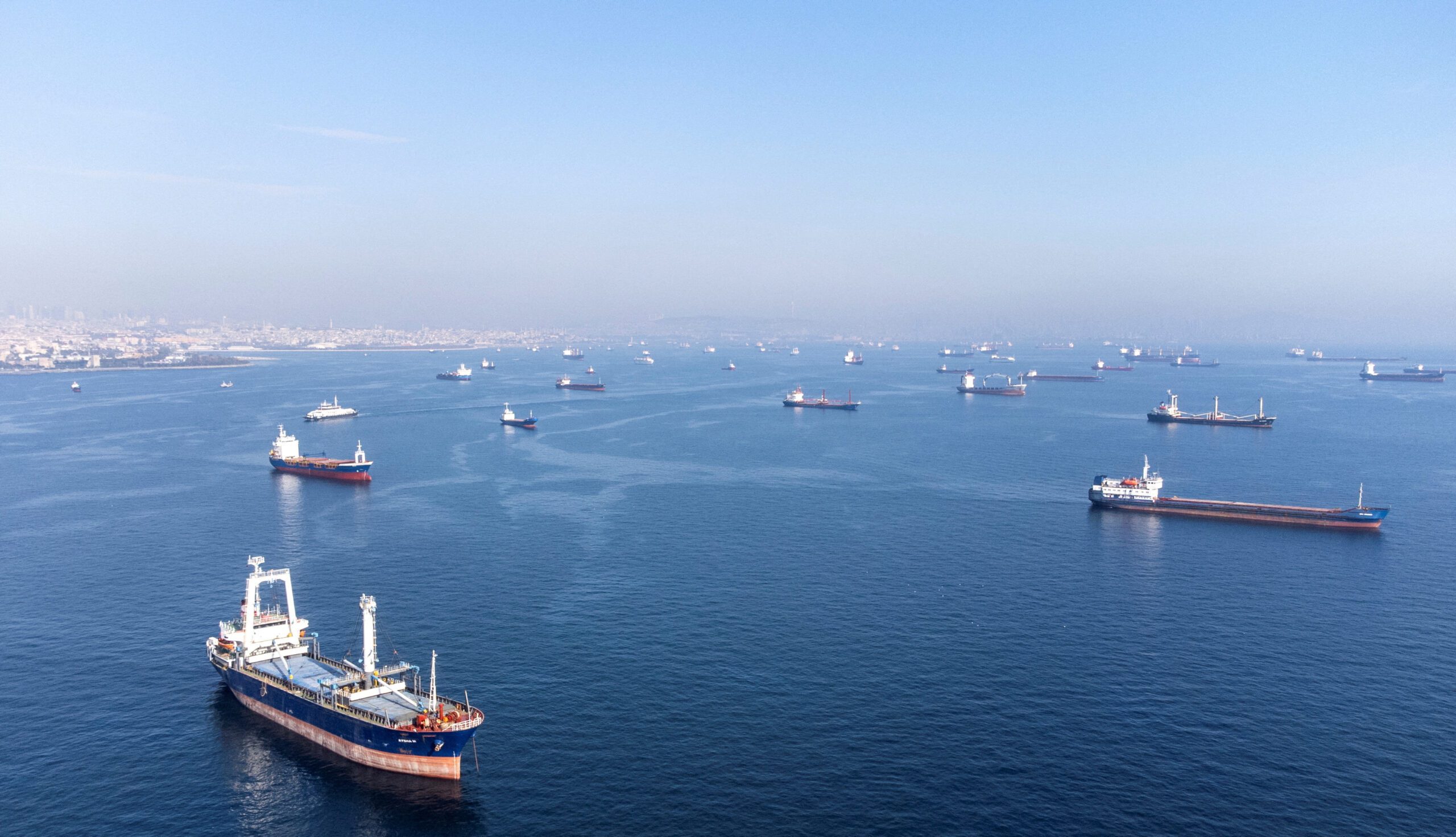
Complimenting today’s official (and final) US Coast Guard investigation report into the Deepwater Horizon disaster, the Bureau of Ocean Energy Management, Regulations and Enforcement (BOEMRE), released their final investigation report as Volume II of the Joint Investigation Team report. This highly comprehensive report leaves little ambiguity about the direct and contributing factors leading to this disaster…
The report begins by stating:
At the time of the blowout, the rig crew was engaged in “temporary abandonment” activities to secure the well after drilling was completed and before the Deepwater Horizon left the site. In the days leading up to April 20, BP made a series of decisions that complicated cementing operations, added incremental risk, and may have contributed to the ultimate failure of the cement job.
The Panel concluded that BP failed to communicate these decisions and the increasing operational risks to Transocean. As a result, BP and Transocean personnel onboard the Deepwater Horizon on the evening of April 20, 2010, did not fully identify and evaluate the risks inherent in the operations that were being conducted at Macondo.
On the rig crew’s failure to detect the “kick”, or the influx of hydrocarbons into and up the wellbore, the report states:
The rig crew had experienced problems in promptly detecting kicks. The Deepwater Horizon crew had experienced a kick on March 8, 2010 that went undetected for approximately 30 minutes. BP did not conduct an investigation into the reasons for the delayed detection of the kick. Transocean personnel admitted to BP that individuals associated with the March 8 kick had “screwed up by not catching” the kick. Ten of the 114 individuals on duty on March 8, who had well control responsibilities, were also on duty on April 20.
Simultaneous rig operations hampered the rig crew’s well monitoring abilities. The rig crew’s decision to conduct simultaneous operations during the critical negative tests †including displacement of fluids to two active mud pits and cleaning the pits in preparation to move the rig †complicated wellâ€monitoring efforts.
The rig crew bypassed a critical flow meter. At approximately 9:10 p.m., the rig crew directed fluid displaced from the well overboard, which bypassed the Sperry Sun flow meter, which is a critical kick detection tool that measures outflow from the well. The Deepwater Horizon was equipped with other flow meters, but the Panel found no evidence that these meters were being monitored prior to the blowout
Why didn’t the Blow Out Preventer work?
A forensic examination of the BOP stack revealed that elastic buckling of the drill pipe had forced the drill pipe up against the side of the wellbore and outside the cutting surface of the BSR blades. As a result, the BSR did not completely shear the drill pipe and did not seal the well. The buckling of the drill pipe, which likely occurred at or near the time when control of the well was lost, was caused by the force of the hydrocarbons blowing out of the well; by the weight of the 5,000 feet of drill pipe located in the riser above the BOP forcing the drill pipe down into the BOP stack; or by a combination of both. As a result of the failure of the BSR to completely cut the drill pipe and seal the well, hydrocarbons continued to flow after the blowout.
Conclusions on Well Design, Cementing, and Flow Path:
A. Cause of the Failure of the Cement Barrier:
- The Panel concluded that a combination of contamination, over†displacement, and/or possibly nitrogen breakout of the shoe cement were causes of the blowout.
B. Contributing Causes:
- The decision to set the production casing in a laminated sandâ€shale zone in the vicinity of a hydrocarbon interval
- With the known losses experienced in the well, BP’s failure to take additional precautions, such as establishing additional barriers during cementing
- BP and Halliburton’s failure to perform the production casing cement job in accordance with industryâ€accepted recommendations as defined in API RP 65
- BP’s decision to set the float collar across the hydrocarbonâ€bearing zones of interest, instead of at the bottom of the shoe
- BP’s failure to inform the parties operating on its behalf of all known risks associated with Macondo well operations
- BP’s failure to appropriately analyze and evaluate risks associated with the Macondo well in connection with its decision making during the days leading up to the blowout
- BP’s failure to place cement on top of the wiper plug
Conclusions on Temporary Abandonment, Kick Detection, and the Emergency Response
A. Kick Detection and Response Failure Cause
- The failure of the Deepwater Horizon crew (including BP, Transocean, and Sperryâ€Sun personnel) to detect the influx of hydrocarbons until hydrocarbons were above the BOP stack
- The Deepwater Horizon crew’s (BP and Transocean) collective misinterpretation of the negative tests
Contributing Causes:
- The Deepwater Horizon crew’s inability to accurately monitor pit levels while conducting simultaneous operations during the critical negative test
Conclusions on Ignition Source and Explosion:
A. Ignition Sources
- The most probable ignition source was Engine Room Number 3 and/or Number 6.
- The catastrophic failure of the mud gas separator created a possible ignition source with the gas plume released onto the rig from the well.
B. Contributing Causes of the Explosion
- The location of the air intakes for the engine room number 3 and number 6
- The failure of the over speed devices to initiate shutâ€down of the engines
- The location and design of the mud gas separator outlet vents
- Dynamic Positioning officers’ failure to instruct the Deepwater Horizon engine room crew to initiate the emergency shutdown sequence after receiving 20 gas alarms indicating the highest level of gas concentration
Conclusions Regarding Involved Companies’ Practice
- The failure of the rig crew to stop work on the Deepwater Horizon after encountering multiple hazards and warnings was a contributing cause of the Macondo blowout.
- BP’s failure to fully assess the risks associated with a number of operational decisions leading up to the blowout was a contributing cause of the Macondo blowout.
- BP’s cost or time saving decisions without considering contingencies and mitigation were contributing causes of the Macondo blowout
- BP’s failure to ensure all risks associated with operations on the Deepwater Horizon were as low as reasonably practicable was a contributing cause of the Macondo blowout.
- BP’s failure to have full supervision and accountability over the activities associated with the Deepwater Horizon was a contributing cause of the Macondo blowout.

 Join The Club
Join The Club












